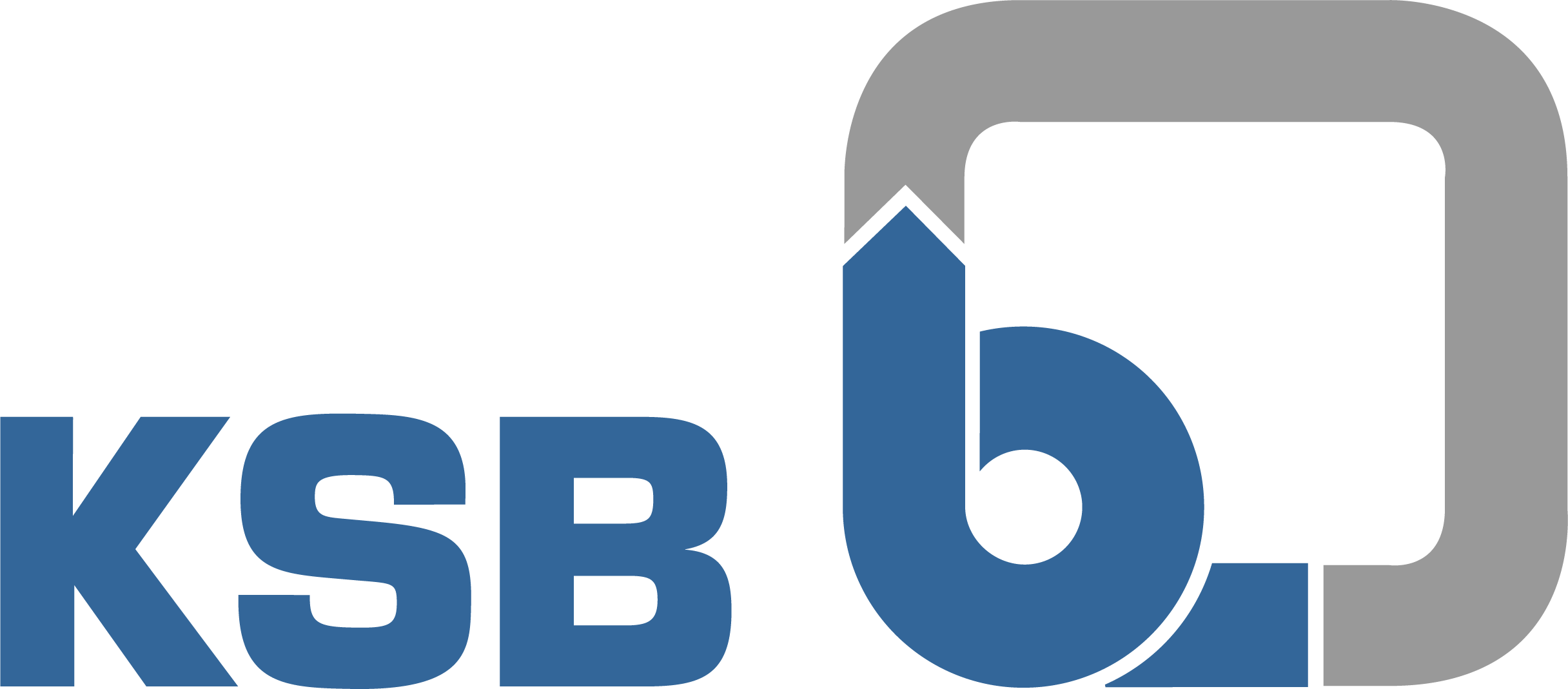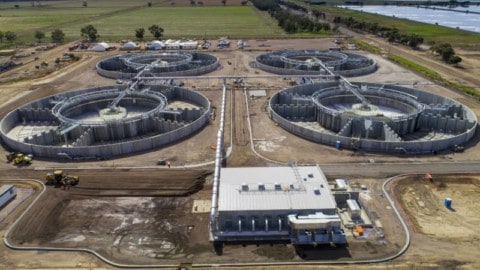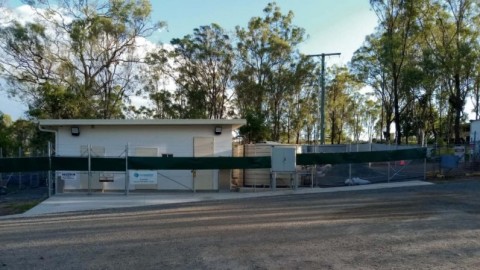By Tom Brown and Jayden Shaw of Hydro Australia, Ares Panagoulias of Hydro, Inc.
Alerts, advanced analysis, and automated reporting help to improve maintenance strategies and critical asset decision-making.
Overview
A power plant in Southeast Australia had recently experienced chronic high vibration amplitudes on a critical multistage boiler feed water pump. Given the criticality of the pump and the risks associated with catastrophic pump failure, the power plant contacted Hydro Australia for support. In collaboration with Hydro, Inc.’s wireless condition monitoring team, Hydro Australia was able to provide the power plant with a significantly improved IIoT-based monitoring system. This would assist the plant by closely monitoring the status of its asset, making the best possible decisions for equipment maintenance, and ensuring equipment availability (Figure 1).

Figure 1
Background
For pumps that are critical to plant operation, the difference in availability and in the frequency of emergent situations can be significantly impacted by the plant’s reliability program and the engineering practices employed to ensure uninterrupted operation.
In this situation, the power plant experienced chronic and severe vibration amplitudes on a critical multistage barrel pump (BB5) in boiler feed water service. The pump with high vibrations present was one of three installed pumps in the specific power unit within the plant. The chronic vibration issues previously resulted in significant downtime of the asset in addition to delayed critical maintenance and preventative maintenance (PdM) operations on the two sister units. This created a significant risk of lost production if one of the sister pumps experienced a catastrophic failure.
This asset serves a fundamental role in the process of producing power. As a result of the pump’s role in the plant, the asset is considered “critical” and the risk associated with the severity of the vibration amplitudes was deemed unacceptable by the plant. The plant’s reliability team required immediate corrective action.
Hydro Australia, in collaboration with Hydro, Inc.’s wireless condition monitoring team, was able to showcase its commitment to reducing out-of-pocket cost by increasing equipment reliability, achieved through the use of predictive maintenance (PdM), advanced engineering analysis and wireless vibration monitoring services.
Hydro Australia quickly deployed two experienced Pump Improvement Engineers (PIEs) to the power plant in order to evaluate all possible troubleshooting options and to further assess the hydraulic and mechanical conditions of the asset. The PIEs were also able to assist the plant in developing a more permanent solution that would prevent an imminent failure of the pump.
The challenge
The plant had previously installed permanent vibration monitoring hardware onto the pump bearing housings. However, due to a lack of available funding, the plant was only able to install single axis accelerometers in the vertical plane of each bearing housing. This left both the horizontal and axial directions on each bearing housing without any means of continuously monitoring their condition. In addition, the other components in the drive train such as the fluid drive coupling, motor and booster pump were not monitored.
While the two installed sensors did provide data and some indication of the pump’s condition, only being able to analyse in the same direction meant that there was a lack of available historical data; this made analysis difficult, if not ineffective. As a result, the plant reliability team often relied on route-based data collection to accurately assess the pump and drive train condition. The data from the route-based collection was what informed maintenance decisions to prevent and predict equipment failure.
Hydro Australia, a global aftermarket pump service provider known for its extensive engineering knowledge, in collaboration with Hydro Reliability Services, quickly identified the benefit that wireless vibration monitoring would offer plant engineering and operations.
Hydro Australia’s PIEs recommended a path forward that would allow the plant to closely monitor its critical asset by utilising the low-cost wireless sensors and Industrial-Internet-of-Things (IIoT) solution provided by Hydro Reliability Services, a Hydro, Inc. company. Working in partnership with the plant condition monitoring team, the PIEs installed a total of nine SDOF (Single Degree of Freedom) wireless vibration sensors on the pump and drive (Figure 2).

Figure 2
With the sensors installed, the data collection gateway was positioned near the machine train asset. The gateway collected data from the installed sensors and provided a means to send the data to a cloud-based server via a cellular connection (alternatively plant Wi-Fi or LAN connection could have been utilised by the gateway).
The collected data is then accessible from any internet connected computer, tablet or smartphone provided the correct credentials are entered. This allows the plant reliability team and Hydro Australia’s team to monitor the asset in real time.
A set of specific alarm bands or vibration alarm thresholds were then identified for the specific pump. Should the amplitude at any one of the nine locations exceed the alarm settings, the system would immediately notify both plant engineers and Hydro Australia’s engineers (Figure 3).

Figure 3
Impacts and results
The wireless sensors were programmed to collect and trend vibration data (including FFT spectrums, Time Waveforms and Cross Channel Phase) every ten minutes. By applying the wireless vibration monitoring technology, the plant and its reliability team were able to monitor the pumps vibration behaviour 24 hours a day, seven days a week—offering a significant improvement from the route-based model used previously. The ability to closely monitor the boiler feed pump assisted the customer in maintenance decision-making, including decisions regarding the other two neglected sister pumps in the unit.
Benefits and successes
With the advent of low-cost IIoT solutions, wireless sensors play an essential role in predictive maintenance improvements. This has allowed plant operators and reliability engineers to economically replace old approaches to condition-based maintenance. Unlike route-based data strategies, wireless condition monitoring offers the following improvements to the plant in order to improve maintenance decisions and mitigate emergent issues:
- Real-time data
- High frequency data collection
- Increased resources available for data analysis (analytical tools)
- Customisable alerts and alarms
Wireless condition monitoring offers support to today’s demands on equipment life’s extendibility and higher mean time between repair (MTBR). Vibration analysis has proven to be an effective tool for detecting problems early on, thereby reducing the potential for more serious problems to escalate. As the work is collected wirelessly, it reduces the amount of labour and the possibility of error.
By monitoring the health of industrial equipment, plants and utilities can optimise their process management and create timely and efficient maintenance—all of which are critical to maintaining efficiency and reliability of a pump system and production.
This partner content was brought to you by Hydro Australia. For more information, visit hydroaustralia.com.au or hydroinc.com/wireless-condition-monitoring.















